1. Introducing the Sumerian goddess of War and Love – Inanna
Content
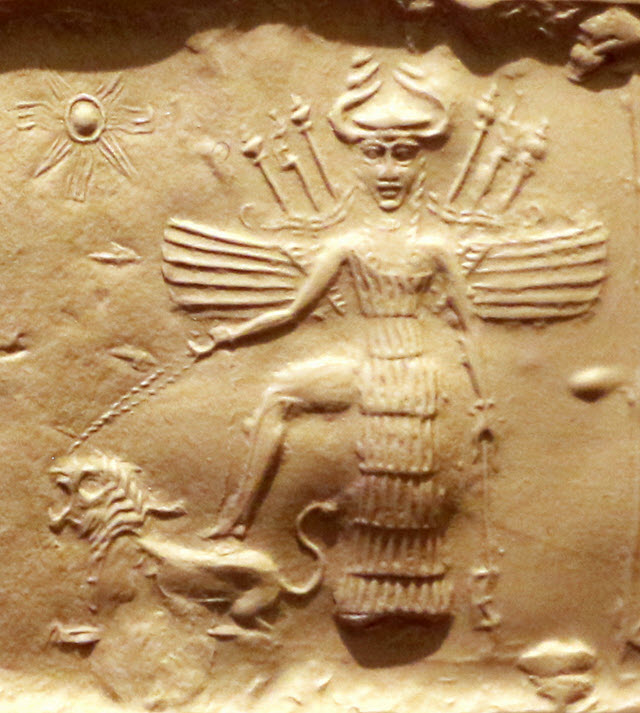
Inanna, the goddess of war, sensuality, procreation, and love, was the primary goddess of Sumer. She was worshipped by the Sumerians from the early period of Ancient Mesopotamia around 4000 BC.
Besides, Inanna she had numerous names including Innin, Ninni, Ninnar, Innina, Irina,Nana, Nin, Ennin, Ninanna, and Innini.
Goddess Inanna was seen as the bright star of morning and evening, as well as the constellation Venus. Apart from this, she was also identified with the Roman goddess and was very famous mainly for subsuming numerous local goddesses.
People of Sumer city identified her for having dual nature which included both masculine and feminine traits. She had characteristics of both the genders which include being independent, sensual, and powerful all at once.
Though she was the primary deity of the Sumerians and named as Inanna, she was later adopted by the Akkadians and Babylonians. She was renamed as Ishtar by Akkadians and Babylonians.
The popularity of her increased due to her character and mainly for her being the icon of modern feminism. She influenced ancient Mesopotamia as well as the modern world.
Before the ruling period of King Hammurabi dated between 1793 and 1750 BC, women were considered equal to men. The reason behind this was Inanna who always fought for the rights and equality of women.
Inanna was later adopted by other cities and was worshipped as one of their major goddesses. She managed to endure the rising patriarchy and was not replaced by any other male gods.
Since during that period many other goddesses were replaced by gods but she remained strong and this attitude led her to be an icon for modern feminism.
Inanna fought against the wrong and managed to take over powers from many powerful gods including An, Enki, and Enlil. Due to this she was known as the Queen of the Universe and was also considered the Akkadian counterpart of the West Semitic goddess Astarte.
2. Family members of the Sumerian goddess
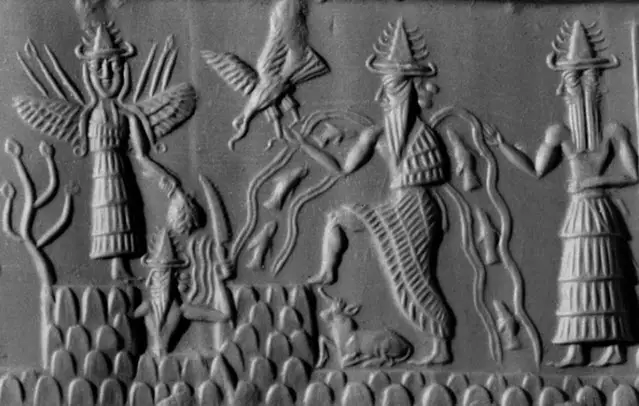
The fact about the family members of the Sumerian Queen of the Universe is quite different from other deities of Ancient Mesopotamia.
Her parents differ according to the tradition followed during that period. She was the daughter of An and an unknown mother according to the Uruk tradition. As for Isin tradition, she was the daughter of Nanna and Ningal.
Whereas for other traditions of Ancient Mesopotamia, she was the daughter of Enlil or sometimes Enki but in both cases the mother’s name was unknown.
As for the siblings, she was the older sister of Ereshkigal – the goddess of the underworld and the twin sister of Utu – the Sun god.
However, according to Hittite mythology, she was the sister of Teshub and for some traditions evolved later, she was the sister of Ishkur or Hadda.
Goddess Inanna was known to be the consort of many deities but the only name that came forward was Dumizid – the Shepherd.
However, in some mythologies, she is mentioned as the consort of the sky god – An, who is identified as her father in the Uruk tradition.
Talking about her children, in most of the myths she is known for having no children. But, in a few myths, she is mentioned as the mother of Lulal or Shara.
3. Associations and powers of the Queen of the universe

As one of the most powerful goddesses of Ancient Mesopotamia, Inanna was associated with numerous powers and responsibilities.
Primarily, she was associated with the storehouse and was personified as the goddess of dates, wool, grain, and meat. Then the gates of the storehouse were her emblem.
Besides this, she was also the goddess of rain and thunderstorms. These associations linked her with the Sky God, An. Also, she was pictured with the lion as the roar of the lion would resemble her to thunder.
Later, she was associated with more powers and roles which included fertility, death, war, love, procreation, and disaster.
Apart from these associations, she is believed to have formed a secondary astral triad with Shamash the sun god and the moon god.
Also, she was the protector of prostitutes and the patroness of the alehouse. She used her powers to fight for the betterment of the female and to bring equality in gender.
4. Worshipped cities
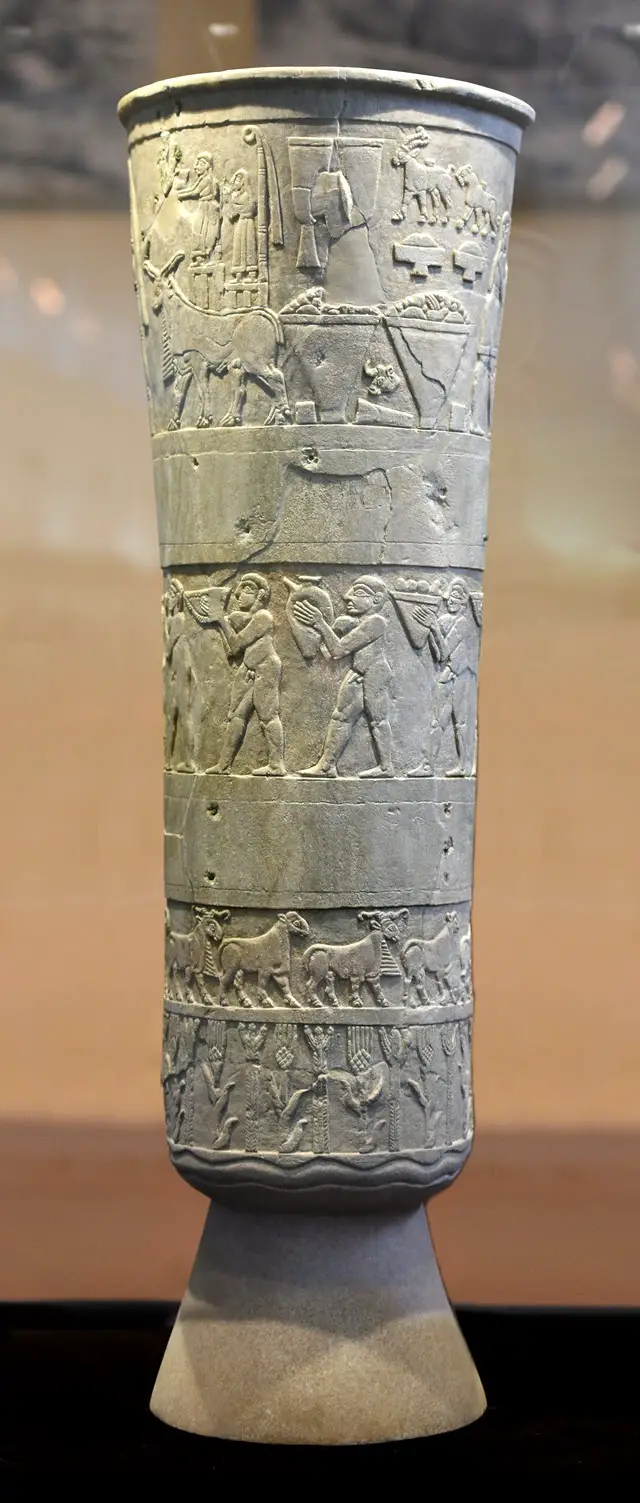
Goddess Inanna was honoured for her associations and powers which were mostly for the betterment of the individuals. She was the goddess who fought against the unfair treatments or inequality of gender.
Her cult was honoured in many of the cities of Ancient Mesopotamia. Though she was primarily worshipped in Sumer, Akkad, and Babylon as the vegetation goddess. Her associations flourished and were worshipped for more reasons.
Though worshipped and honoured in these three renowned cities, she was basically connected to Uruk from the period of 4000 BC which continued until 3100 BC.
5. Symbols and Depiction of the goddess Inanna
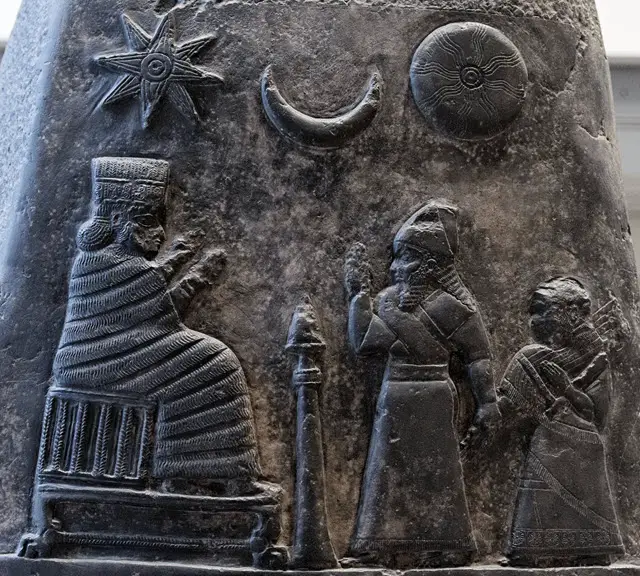
Inanna, the goddess of sensuality and war was portrayed as a beautiful, young, and impulsive woman but never as a mother or helpmate.
She was depicted on a seal which was dated between the years 2350 and 2150 BC. In most of her portrayed, she was shown as a gate post or reed bundle and sometimes depicted as a naked female.
In addition to this, she was frequently depicted standing on the back of a few lionesses, mostly two.
Besides depiction, the symbols identifying her included a cuneiform ideogram which was a hook-shaped knot of seeds and an eight-pointed star or a rosette.
Lions were included in her symbols to resemble her power and bravery. She was also shown as riding on a lion to prove her courage and masculine aspect.
As associated with war, she is also depicted in the armor of male wearing a battle dress armed with quiver and bow
6. Equivalence of goddess Inanna
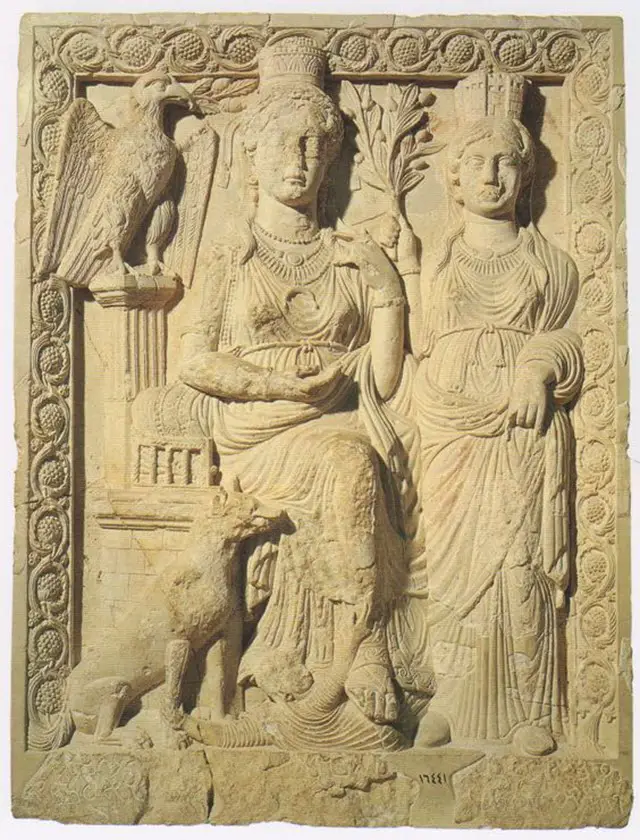
Every single deity of Ancient Mesopotamia had one or more than one equivalences in different cities or religions, depending upon their characteristics and associations.
Inanna having numerous associations and roles had equivalences with more than one deities of different religions and cities.
She was considered equivalent to Aphrodite and Athena according to Greeks. Apart from this, she was equivalent to Venus and Minerva as per the Romans.
In addition to these, she was equivalent to Durga in Hinduism, Ashtoreth in Canaanite, and to Ishtar for the Babylonians and Akkadians.
Her equivalence with each of these deities of different religion and city was purely based on the characteristics which included bravery, courage, sensuality, and procreation.
7. Myths
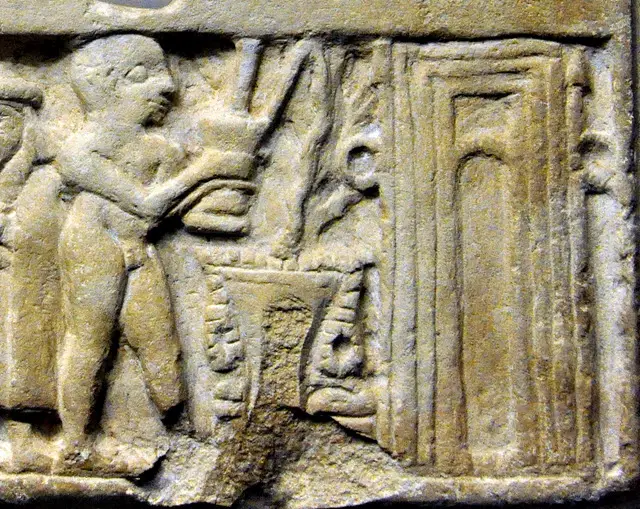
Like every deity of Ancient Mesopotamia, Inanna was mentioned in numerous myths and poems. The renowned ones include Inanna & Enki, Enmerkar & the Lord of
Aratta, Goddess of the Fearsome Divine Powers, and Inanna & the Huluppu Tree.
The lengthy poem named Inanna & Enki was written in Sumerian which dates back to c.2112 – 2004 BC. It tells the story of Inanna stealing the sacred Mes from Enki.
It was important and sacred as it contained powers and properties belonging to the gods to make human civilization exist.
She also stole the blueprints of civilization clay tablets which had instructions on how to make buildings and explanations of what the priesthood should do.
Another poem titled the Command of Heaven is a fragmentary poem which is valuable and tells the story about the conquest of the Eanna temple situated in Uruk.
The poem starts off with a conversation between Utu and Inanna and leads to Inanna lamenting on the fact that Eanna temple was not in their domain. And, she wished to claim the Eanna temple as her own.
The other poem titled Enmerkar & the Lord of Aratta mentions Inanna twice in the whole poem. The poem is basically about the rivalry between two cities, Uruk and Aratta.
The first appearance of Inanna is at the beginning where she tells Enmerkar that she would always choose Uruk over Aratta.
The other time she is mentioned is at the end of the poem where she manages to establish trade between Uruk and Aratta and bring peace between the two cities.
Besides these, other renowned myths include Inanna & the God of Wisdom, The courtship of Inanna & Dumuzid, and a poem titled the Descent of Inanna which was written between the years 1900 and 1600 BC.
Apart from these poems and myths where she is mentioned as playing a vital role, she is also mentioned in many other writings with having relatively smaller roles.
As per smaller parts, she is mentioned in the poem titled the Epic of Gilgamesh where she is identified as Ishtar with the characteristics of a jealous, promiscuous, and a spiteful female.
Apart from her characteristics, she is shown to seduce Gilgamesh but when rejected asks her sister’s husband to destroy Gilgamesh’s realm.
However, amongst all the myth her renowned myth was the descent to the underworld where the reason for her to go underworld is not clear though some believe that she did so to visit her sister Ereshkigal.
Conclusion:
Even though goddess Inanna evolved as the goddess of vegetation, she did not remain as so for the rest of the period.
She flourished and got associated with numerous other impactful powers and roles such as the goddess of war, destruction, love, procreation, and sensuality.
Despite the dominance of male deities, she was never replaced by any male gods as she remained brave and courageous throughout. This led to being one of the most respectful reasons to follow and honour her cult for a longer period.
She managed to inspire other female deities to fight for equality and their rights. Also, inspired the women of Ancient Mesopotamia by being the icon of modern feminism.
